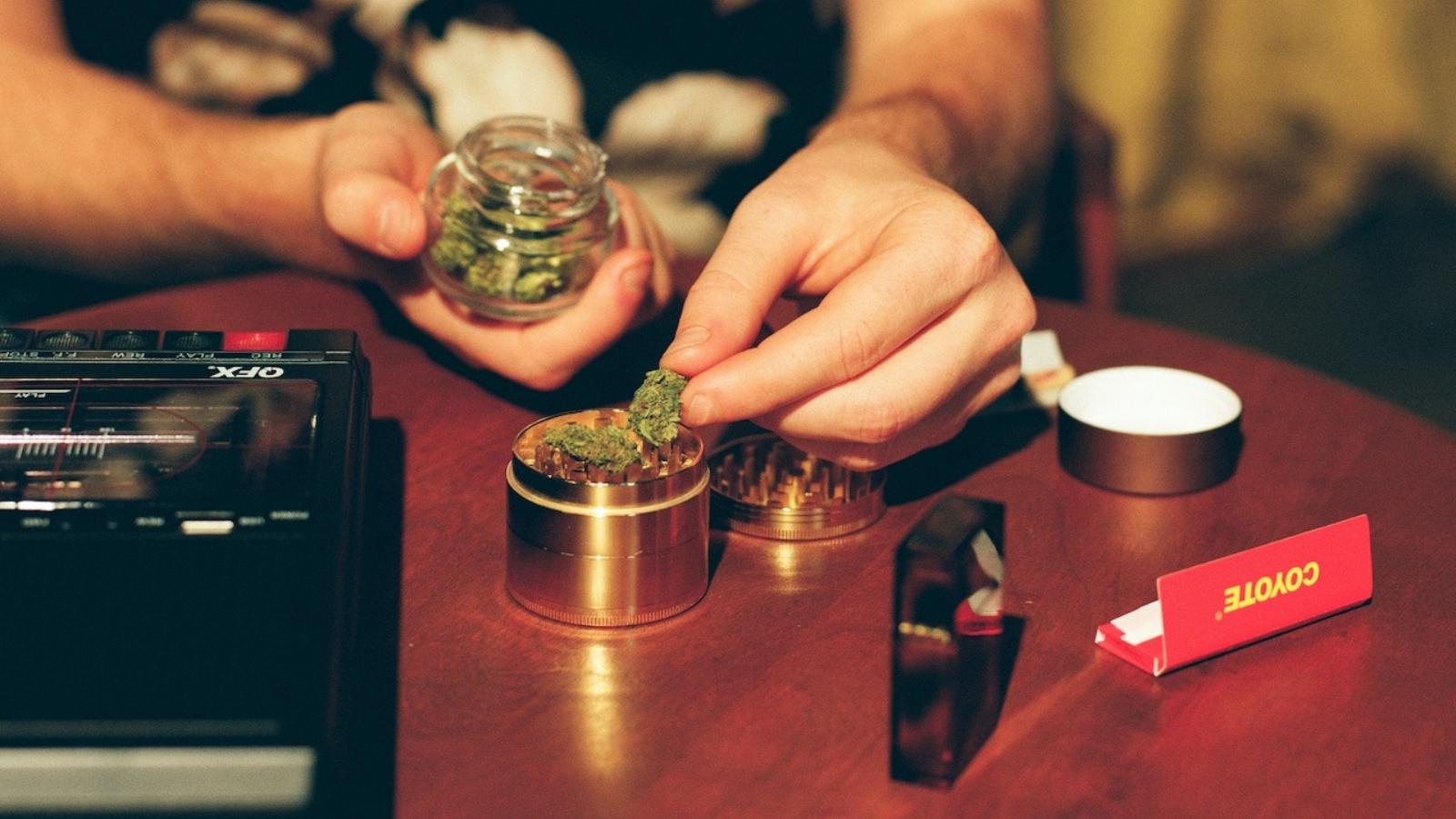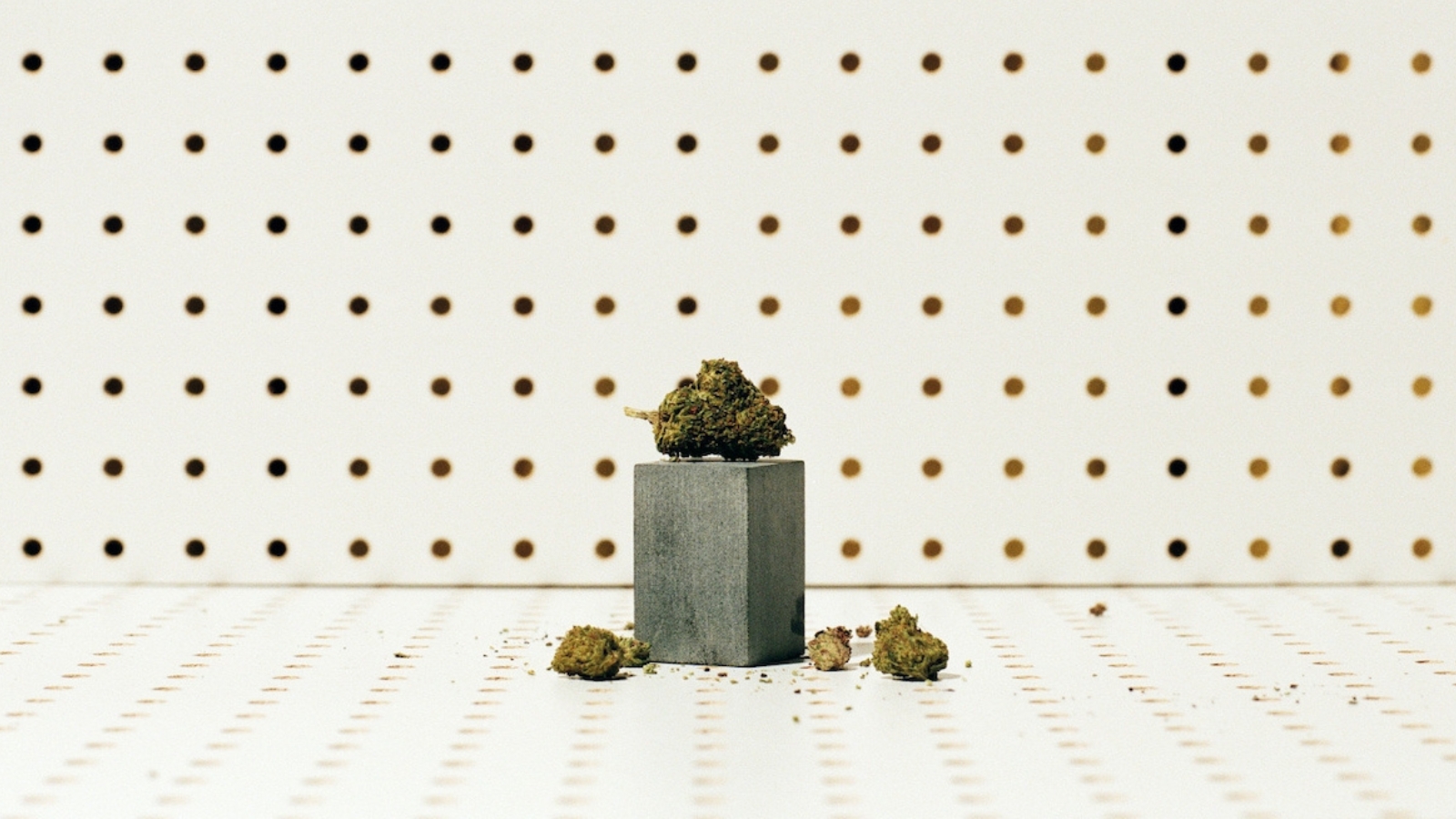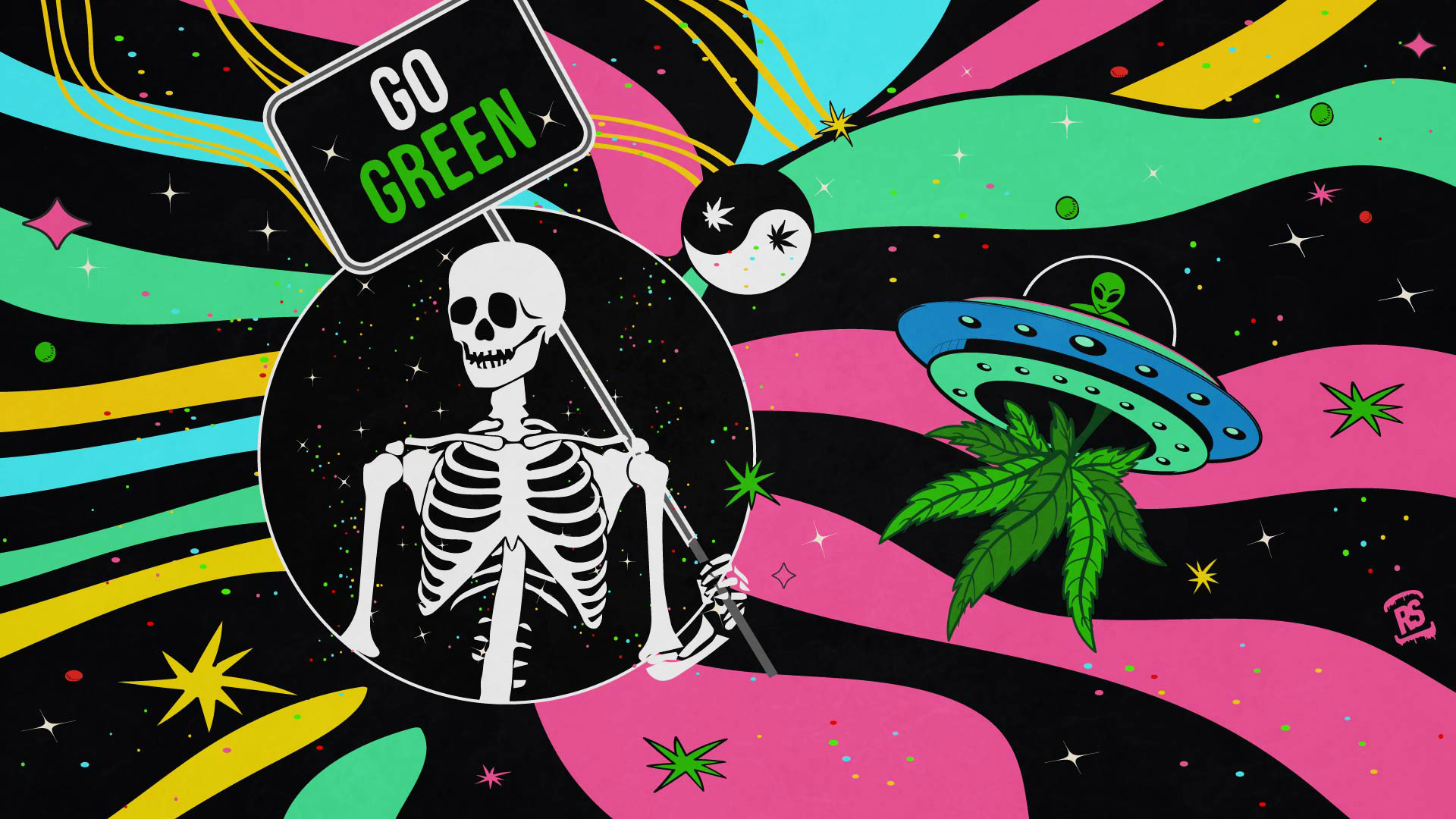Welcome to the ever-expanding, ever-amazing world of cannabinoids! Here, we’re diving deep into the realm of THCa, a lesser-known but powerfully intriguing component of the cannabis plant. Grab your kaleidoscopic goggles as we journey into the chemical structure, potential benefits, and unique properties of THCa.
What Is THCa?
If you’re familiar with THC, the psychoactive compound in cannabis, THCa might sound like a close relative. And you’re not wrong. THCa, or tetrahydrocannabinolic acid, is actually the precursor to THC. It’s the raw, unheated form of THC that’s found in the living cannabis plant.
From a chemical perspective, THCa is just THC with a little extra. It has a carboxylic acid group (COOH) attached. When cannabis is heated (known as decarboxylation), this group detaches, leaving you with the THC we all know and either love or loathe.
So, what sets THCa apart from THC? While both originate from the same plant, their effects on the body are significantly different. Unlike THC, THCa doesn’t induce the euphoric “high” associated with cannabis. Instead, it’s non-psychoactive, allowing users to enjoy potential therapeutic benefits without entering the psychedelic realm.
The research into THCa is still in its nascent stages, but early results are promising. Preliminary studies suggest potential anti-inflammatory, neuroprotective, and anti-emetic properties. It could even play a role in the fight against prostate cancer. But remember, while the future looks bright, we’re still waiting for further research to confirm these preliminary findings.

How THCa Works in the Body
THCa works its magic in the body through a complex network of receptors and enzymes. To understand how, let’s delve into the depths of the endocannabinoid system and the entourage effect.
Endocannabinoid System
Our bodies are hardwired to interact with cannabinoids through the endocannabinoid system (ECS), a complex cell-signaling system that plays a crucial role in maintaining physiological homeostasis. The ECS is composed of endocannabinoids, receptors, and enzymes that break down these endocannabinoids. While THCa doesn’t directly bind to the famous CB1 and CB2 receptors, it interacts with the ECS, contributing to this delicate balance.
Entourage Effect
The entourage effect is a concept suggesting that cannabinoids, terpenes, and other compounds in cannabis work together synergistically, enhancing each other’s potential benefits. THCa, as part of this cannabis dance, might interact with other compounds to produce effects more incredible than it could achieve alone.
How to Consume THCa
Now that we’ve covered the nitty-gritty of THCa let’s get to the fun part: consumption. There are a variety of methods to introduce THCa into your body, each providing a unique experience.
Smokeables
While THCa is present in raw, fresh cannabis, smoking isn’t the most effective method to consume THCa. Why? Remember our friend decarboxylation? Heat causes THCa to convert into THC. However, some strains of cannabis high in THCa may still retain a portion of it even after being smoked or vaped.
Dabbables
THCa crystalline is one of the purest forms of THCa available. It’s a crystalline structure that can be dabbed, offering users a potent dose of THCa. Since the dabbing temperature is controlled, a portion of THCa might survive the heat, allowing you to enjoy the potential benefits of this compound.
Edibles
Eating raw cannabis or juicing it is another way to consume THCa. Since no heat is involved, the THCa remains in its raw form. Incorporating raw cannabis into your diet can be as simple as blending raw cannabis leaves into a smoothie or sprinkling it over your salad. However, keep in mind that the taste of raw cannabis can be quite strong and might need to be balanced with other flavors.

Enjoy a Little TLC With THCa
As we continue to explore the vast universe of cannabinoids, THCa is becoming a shining star in its own right. It offers an entirely different experience from its more famous offspring, THC, with the potential to provide various health benefits without the psychedelic effects.
However, it’s important to remember that the world of THCa, like much of the cannabinoid cosmos, is still largely uncharted territory. Scientific research has yet to catch up with anecdotal reports. While early findings point towards promising benefits, we eagerly await more comprehensive studies to confirm these potentials.
Regardless of where the research leads us, the journey into the heart of the cannabis plant is an enlightening adventure. It’s a reminder that nature has much to offer, and often, the most potent magic lies in the elements we overlook. So next time you engage with the green goddess, remember the oft-forgotten THCa and the unique potential it holds.
In the world of psychedelics and beyond, it’s often the lesser-known paths that lead to the most profound discoveries. As we continue to explore these paths, we invite you to join us on this remarkable journey. Keep questioning, keep exploring, and most importantly, enjoy a little TLC with THCa.











